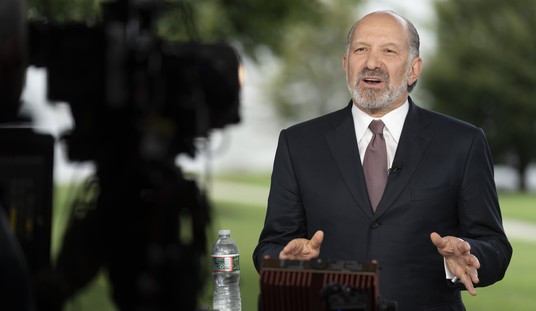This picture was snapped by Mark Perry, of the American Enterprise Institute, in Williston, North Dakota. It proves something I’ve been talking about with friends for a while.
Here, in Los Angeles, and in places like Seattle, the conversation about raising the minimum wage is flaring up. Seattle did indeed just raise theirs to over $15 an hour. The idea of a living wage is appealing, as is the notion that lower class workers should earn more for their labor.
But, several things are not taken into account when people make these arguments.
Firstly, wage does not equal buying power. Historically, prices have gone up as wages do. Think about it, if a company must pay their employee more, then they may also need to raise their prices in order to pass the cost of these raises onto the consumer. If I make an additional five-dollars an hour, but a value meal at McDonald’s costs over 10-percent more, I haven’t achieved as much as I figured. Not to mention, my taxes go up, my cost of everything else goes up, and rent/mortgage rates go up.
But, also, unemployment will go up. An employer is faced with three choices if any costs, including labor costs, go up—charge more for his product or service, lay off workers, or go out of business. If the cost of hiring someone becomes too high, the employer simply won’t hire someone. This is especially true given how much can now be done with technology (computer order takers at fast food restaurants, robots in manufacturing, or even robotic cleaning machines). Somebody unemployed is worse than someone making a lower wage.
And, it is important to note that the argument that businesses can simply suffer the additional costs, and take it out of their profits, is wrong. It would be one thing if most employees worked for large conglomerates, but, in fact, 55-percent of employees in this country work for small businesses. The ‘mom-and-pop’ shops can’t afford these drastic wage changes.
Secondly, labor is a commodity. An employer invests in good workers. They train them and embrace them within their corporate culture. It traditionally costs a company more to hire someone new than to keep someone who is good at their job.
My first job, during High School, was as a food service worker at Universal Studios’ theme park. They had to pay for almost a week of my time just to train me. I had to learn about the company and the policies for every employee, and I had to learn the logistics of the job. I learned to use the cash registers, and to direct people to rides and attractions using an open hand (not a point, which could offend people). That week, I was not earning Universal any money; I was being trained.
It would be more cost effective, therefore, to keep someone like me at Universal, rather than train someone new.
This is worth it to employers to a certain degree of raises and benefits going up. If I have stayed with a company for a while, they may give me a bump in my salary, so as not to lose me.
But, if wages go up, it becomes more worth it to let me go, and to hire someone new. This is because the cost of training to cost of keeping an employee ratio may equalize, or even become disproportionately swung to the other side.
And thirdly, labor is tradable. The “we’re not making a living wage” crowd assumes something that shouldn’t be assumed. The assumption is that they must stay in the cities they are living.
But most urban areas are expensive. Rent is high, transportation costs are high, food costs more, and taxes are high. Even $15/hr in Seattle won’t afford people too much. So why live in the major cities? If you can’t afford to live in downtown Los Angeles, don’t. Move to rural California, or to other states.
I went to college in rural Michigan, where the minimum wage was not too far off from what it is in California. But, my apartment cost $400 a month, with utilities. And gas cost $3.25 a gallon. And the most expensive restaurant in town averaged $15 a meal. To make $8/hr here would mean far greater buying power than in L.A.
This is a choice—nobody forces people to stay put in the cities.
And guess what? As people move away, the labor trade shifts too. Like any marketable good, if supply goes down, demand goes up. If McDonald’s can’t find people willing to work for $8/hr in Los Angeles, they will raise the rates until enough people decide to work at their stores. And, if employment goes up, and people are making more money, they can afford the price increases to cover this change.
So, look at the picture from Williston, ND.
North Dakota has a booming economy, with the oil trade, and manufacturing, on the rise. Many people are employed, or are employable in the oil fields. So, in order, to even obtain employees, the Walmart had to offer over $17/hr. And, with high employment rates in town, the Walmart offsets the cost of labor by charging more.
This proves that the cost of living and wages are, at least somewhat, a choice. People can choose to improve their own situations. And nobody needed to regulate that the Walmart in Williston pay their people over two times the national average. The organic features of the market dictated this.
So, when we see the labor union protestors advocating for higher minimum wages, and when we see President Obama saying to raise it federally to $10.10, we need to remember these lessons. Increasing the wage doesn’t mean a living wage will be had, and in fact, will likely increase unemployment. And labor is a tradable commodity. As is almost always the case, regulation isn’t as good as letting the market sort itself out. Wages and costs will self-regulate if you let them. So stand down wage advocates—let the natural process happen.










Join the conversation as a VIP Member